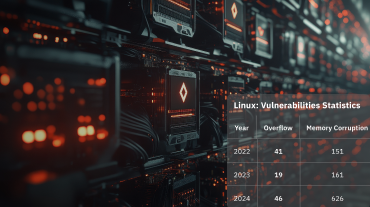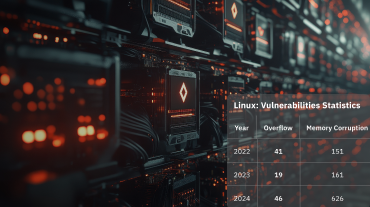Security Challenges in the Transport & Logistics Industry
From smart fleets and connected cargo to autonomous vehicles and logistics hubs, the transport ecosystem
runs on distributed intelligence.
Each moving asset, sensor, and terminal represents both operational value — and a potential cyber-entry
point.
Regulations such as NIS2, CRA, ISO/IEC 27001, and GDPR now demand continuous detection, incident response,
and secure-by-design systems.
Without real-time protection, a single breach can halt operations, disrupt supply chains, and compromise
safety.
Most Common Threats
Runtime AI Security Capabilities
Lightweight, Inline Protection at the Edge
Kernel-level AI agent inspects every packet and syscall in real time — securing vehicles, hubs,
and control systems even offline.
Unified Visibility Across Fleet and Infrastructure
Single runtime view correlates activity across vehicles, terminals, data centers, and cloud
platforms — bridging IT and OT.
Virtual Patching & Compliance Automation
Shields unpatched transport systems and third-party integrations while delivering audit-ready
reports for NIS2, CRA, and ISO 27001.
AI-Driven Threat Detection
Behavioral analytics and GenAI models identify anomalies in telematics, logistics apps, and IoT
devices before disruptions occur.
Autonomous Response Playbooks
AI-generated playbooks isolate compromised nodes, stop lateral movement, and restore operations
automatically.
Optimized for Distributed Environments
Containerized, multi-tenant design runs with < 2 % CPU overhead — ideal for bandwidth-limited or
intermittently connected fleets.
Why It Matters for Transport & Logistics Operators
Operational Resilience
Prevent downtime in fleets, ports, and warehouses with autonomous, real-time protection.
Regulatory Readiness
Meet NIS2, CRA, ISO 27001, and GDPR with continuous monitoring and built-in compliance
evidence.
Lower Cost & Complexity
Replace multiple tools with a single runtime agent that scales across thousands of
endpoints.
Proven in Action
Related Materials
Keep Your Cargo Moving — Securely
Book a Meeting to see how AI EdgeLabs delivers inline, autonomous protection for transport and logistics
operations.









